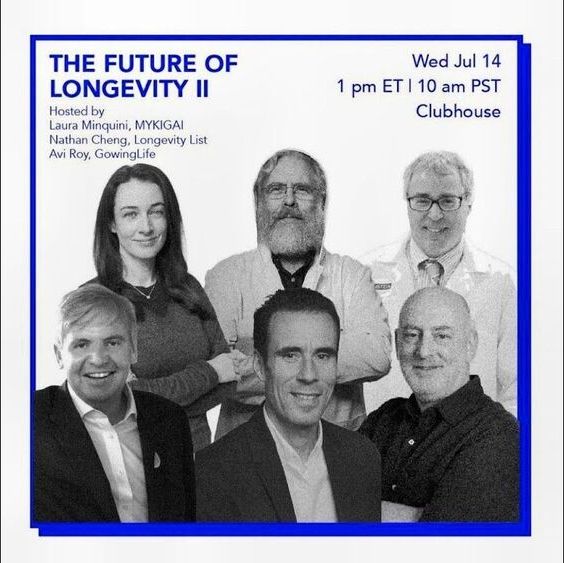4:47 BioAge, 8:10 Church talking about how controlling aging is no longer speculative, 10:44 urging caution as they are not really talking about turning 67 year olds into 20 year olds. Near the end Church mentions A.I. an exponential possibilities of hitting all the pathways at once.
Recently, Avi Roy, alongside Nathan Cheng & Laura Minquini, hosted the second Longevity Panel discussion, which assembled some of the brightest minds working on reversing aging, and enhancing health and life span.
As with the first event, this discussion was intended to illuminate how they are approaching longevity and to know if we are any closer in achieving it.









